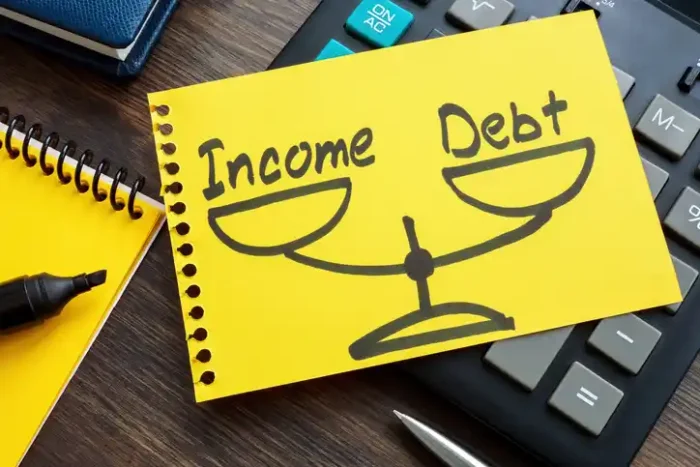Australia’s debt levels and what it means for property
Published
November 25, 2025
Published
November 25, 2025

We’ve borrowed a lot lately. Across Australia, the piles of debt in households, investors and companies have grown steadily, and yes, that affects the property market and all of those with skin in the game (and those who’d like to).
Today, we’ll walk you through the numbers over the past year, what they mean and why you should care.
Household debt levels

Let’s start with the everyday folks.
Australian households carry debt-to-GDP of about 112.7 per cent as of the first quarter of 2025. When you look at household debt relative to disposable income, the ratio for owner?occupier housing debt hit about 102 per cent by June 2024.
In other words many households owe as much as a full year’s income or more just in housing debt alone.
In more raw figures some sources peg the average Australian household’s total debt at around $276,462. This isn’t a surprise to you if you’ve felt the pressure of repayments, costs and interest rates. The result is a lot of leveraged households.
Investor loan volumes
Shifting from households buying their home to investors buying property, recent data show new loan commitments for investors have risen strongly.
The total number of new investor dwelling loan commitments rose 13.6 per cent in 2025’s September quarter, and the value of those commitments jumped 17.6 per cent.
And in fact in that period property investors made up roughly 40 per cent of all new home loans. That means a significant portion of the debt in the housing market is coming from investment buyers. So, you have both households stretched by high debt and investor buyers piling in with fresh debt. Interesting, isn’t it?
Private domestic debt and corporate leverage

Beyond households and residential investors there’s also private corporate and non-financial business debt to consider.
As of June 2025, the ratio of debt to equity for private non-financial companies in Australia was about 0.60. That tells us firms have taken on significant debt relative to their equity base.
That might be a little technical, so basically the takeaway is that across the economy there’s high leverage. And in the global context high private debt (in households and companies) has been flagged as a risk when shocks occur.
Private debt often comes with higher interest rates than regulated institutions, high loan-to-value ratios and relaxed repayment terms. Amazing when things are going well — especially considering the speed at which eligible borrowers might be approved for private debt — but nerve-racking for borrowers when they’re not.
What this means for the property market
So what’s the real world impact on property? Several threads are worth chasing.
First, with households already carrying high debt burdens, their capacity to absorb change is reduced. If interest rates rise or incomes drop they are more vulnerable. That suggests a risk to house price stability if something goes wrong.

Second, the surge in investor loans adds more demand to property markets, pushing prices up or at least keeping them firmer. The investor side tends to act more quickly when they see yield or refinance opportunity. They’re unswayed by emotional elements involved with buying a home.
And third, the level of private debt volumes means that if firms need to cut back investment, property construction, development, etc… sectors downstream could feel a squeeze. And that could loop back into residential demand.
But here’s the flip side: debt isn’t always bad when it supports growth.
Here’s how:
- Those investor loans suggest confidence among buyers;
- Growth in settled investor loans means that people are willing to bet on property values or rental markets; and
- High levels of debt can support activity, price momentum and liquidity in transactions.
So it’s easy to think this is all doom and gloom because of high debt. In context, it might mean something different. We don’t have a crystal ball, it’s just prudent to be aware of these things. And to consider what it means for the future of the market.
Stay in the loop
Enjoy this breakdown? Want monthly insights on how property trends are playing out across Australia? Then join +2,000 investors and subscribe to our newsletter.
Once a month, we’ll deliver zero-fluff articles to your inbox, direct from the professionals at Properties & Pathways.






